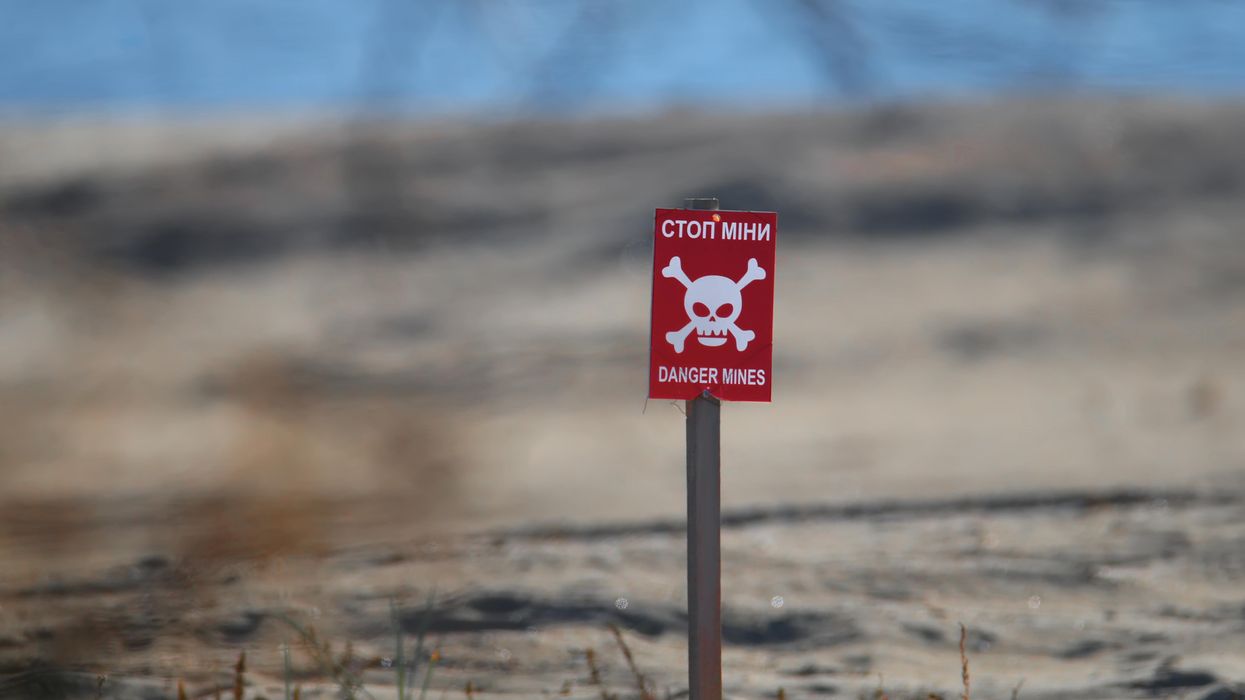Each year, the Senate and House each pass their own version of the National Defense Authorization Act, one of the few annual “must pass” bills. After going through months of public debate, the dueling versions of the bill are brought to the proverbial smoke-filled rooms of Capitol Hill, where top lawmakers quietly trade pet projects and hammer out the text that will reach the president’s desk.
Last year, one provision that never made it out of those smoke-filled rooms was an amendment, sponsored by Rep. Jamaal Bowman (D-N.Y.) and passed by the House, that would have forced the Pentagon to disclose the full cost of America’s “pointillist empire” of overseas bases.
This time around, activists are fighting to make sure that won’t happen again. “This amendment is crucial as taxpayers and other citizens remain concerned — and inadequately informed — about the cost to U.S. taxpayers of the wide range of U.S. military activities abroad,” wrote a broad group of activist organizations and research centers in an open letter to congressional leadership.
The letter’s signatories include the Friends Committee on National Legislation, R Street Institute, Just Foreign Policy, the Project on Government Oversight, Taxpayers for Common Sense, and the Quincy Institute, which publishes Responsible Statecraft.
The Bowman amendment, if maintained in the final bill, would build on previous efforts to increase transparency of Pentagon spending by forcing the Department of Defense to publicly share data on the cost of all of the military’s overseas operations. This would mean more transparency about the price tag of training dozens of foreign militaries, maintaining hundreds of bases, and carrying out a range of covert and drone operations, among other things.
“The American people deserve to know the true cost of war,” Bowman said in a statement.
The open letter comes amid a sharp increase in military spending, which is slated to reach $886 billion next year. Pentagon outlays now make up roughly half of the federal government’s entire discretionary budget. Meanwhile, some lawmakers are pushing for an emergency bill to add extra military funding while domestic spending is restricted by caps.
“Many Americans want greater public scrutiny and debate about the balance our nation strikes between spending on our military presence abroad and spending on other domestic priorities,” the open letter argues. “These debates will only become more relevant as our military budget approaches the $1 trillion mark.”
“[W]e urge you to do everything within your power to ensure that Rep. Bowman’s common sense, non-controversial, House-passed amendment is maintained in the final version of the NDAA,” the groups wrote.
























